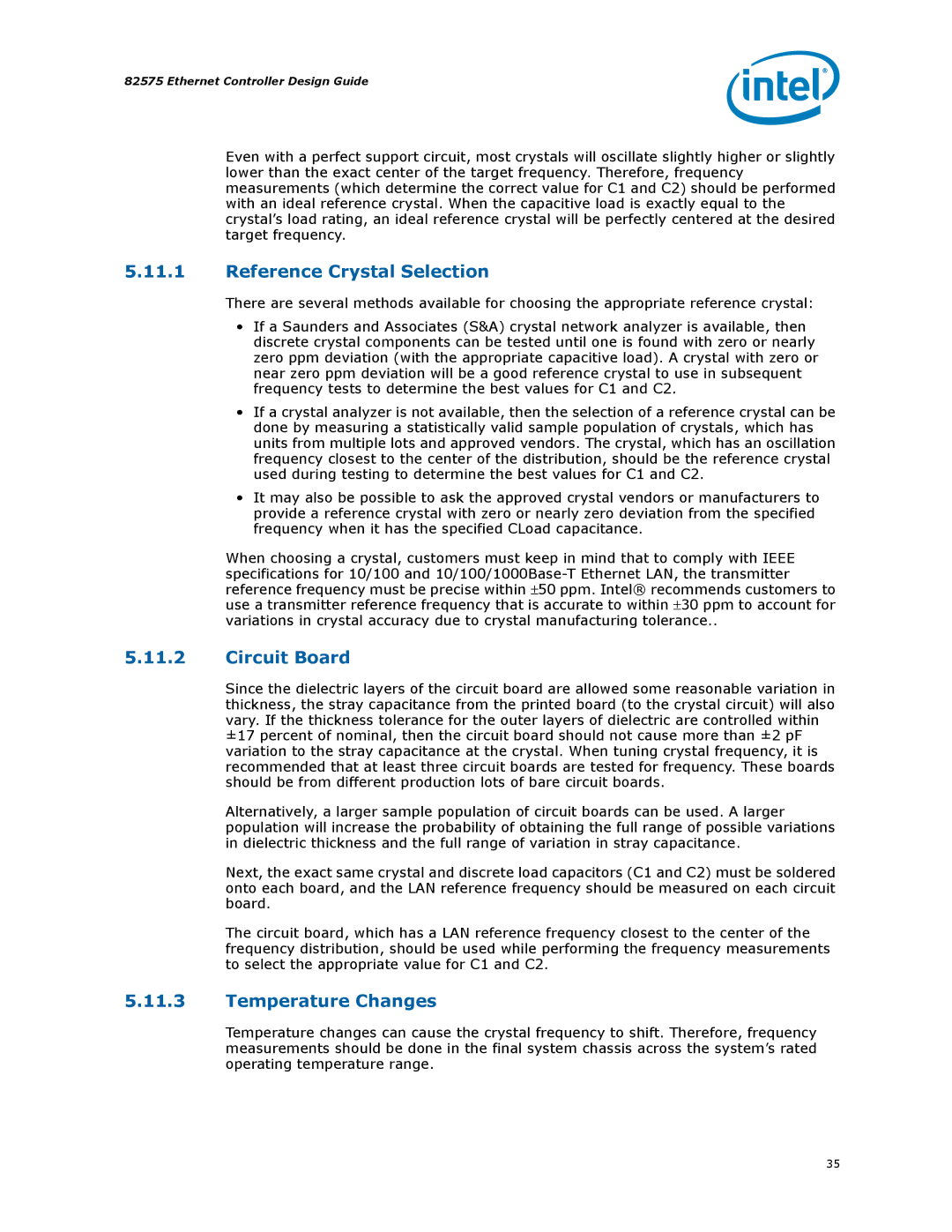317698-001 specifications
The Intel 317698-001 is a prominent and highly regarded component in the realm of computer hardware. This product is part of Intel's extensive portfolio, designed primarily for enhancing computing performance, efficiency, and reliability. It is typically associated with server motherboards and is known for its robust architecture, making it ideal for enterprise-level applications.One of the standout features of the Intel 317698-001 is its compatibility with multiple Intel processors, which provides flexibility for users looking to upgrade or configure their systems. This compatibility ensures that enterprises can choose from a range of processors according to their specific workload requirements, allowing for tailored performance enhancements.
The product is built on the foundation of advanced technologies, such as Intel's Turbo Boost and Hyper-Threading. Turbo Boost allows the processor to operate at higher frequencies than its base clock speed when demand increases, providing a significant performance boost when needed. Hyper-Threading enables multiple threads to run simultaneously on each core, which can lead to improved multitasking capabilities and more efficient resource utilization.
Memory bandwidth is another vital characteristic of the Intel 317698-001. This component supports high-speed DDR4 memory, offering increased bandwidth that is crucial for data-intensive applications. The architecture is designed to work seamlessly with ECC (Error-Correcting Code) memory, enhancing system reliability by detecting and correcting internal data corruption.
In terms of connectivity, the Intel 317698-001 features multiple PCIe lanes, supporting various expansion cards for enhanced functionality. This includes the integration of NVMe drives for faster storage solutions, which is essential for modern applications that demand quick data access and retrieval.
Security is also a priority with the Intel 317698-001, which incorporates hardware-based security features to protect data integrity and prevent unauthorized access. These features include Intel Trusted Execution Technology, which creates a secure environment for executing sensitive code.
Overall, the Intel 317698-001 stands out with its combination of performance, versatility, and security. It is an ideal choice for businesses looking to enhance their computing capabilities while ensuring system reliability and security in an increasingly data-driven world. With its robust technological foundation, it continues to play a critical role in modern computing environments.

